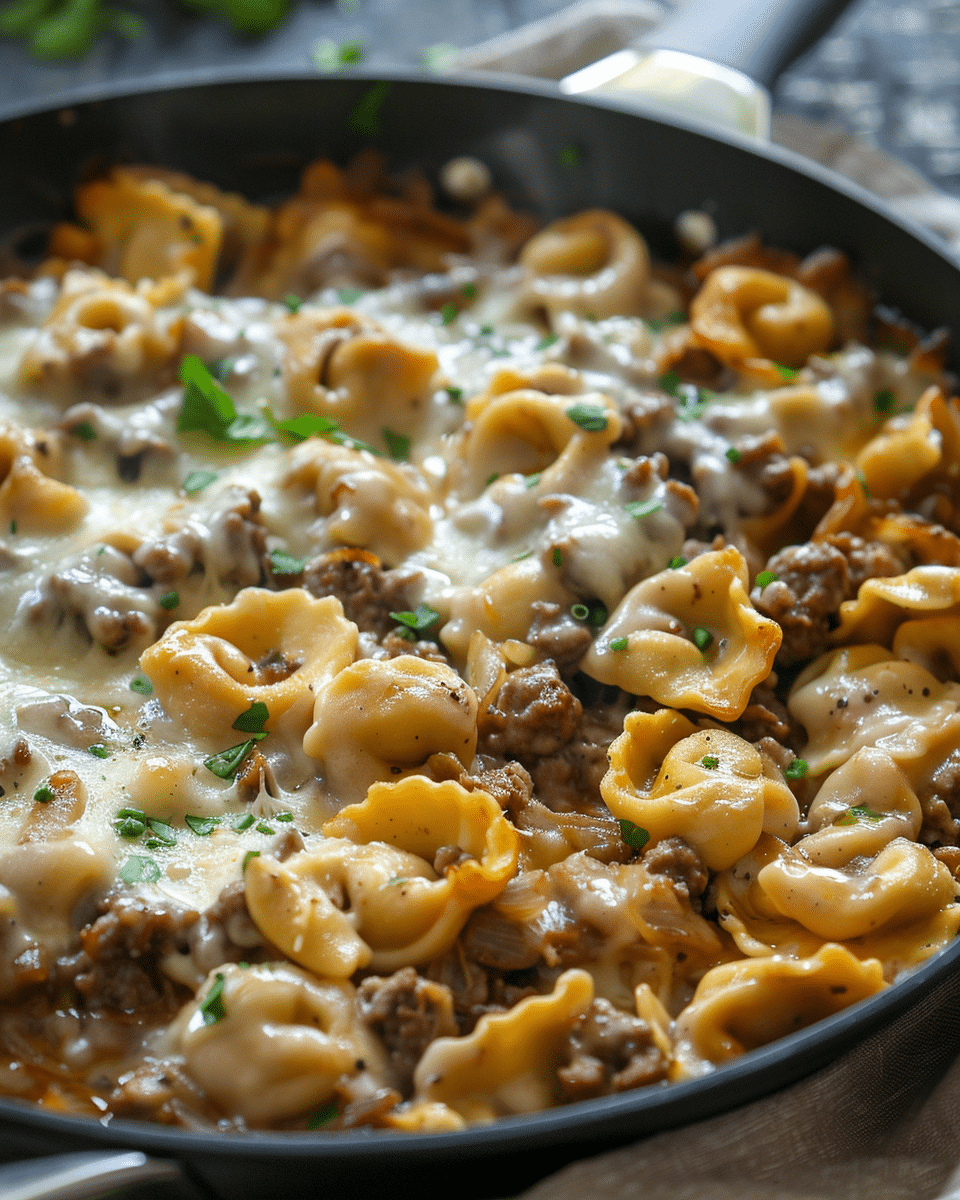Indulging in a crispy piece of fried chicken can be a delightful experience, but have you ever stopped to ponder why it’s frequently labeled as a less healthy option? This guide will take you on a journey through the world of fried chicken, shedding light on its notorious reputation.
Why is Fried Chicken Less Healthy?
Fried chicken, while delicious, is often considered less healthy than other cooking methods for several reasons:
- High Fat Content: The process of frying involves submerging the chicken in hot oil. This causes the chicken to absorb a significant amount of oil, leading to a higher fat content. Consuming foods with high fat content, especially saturated and trans fats, can increase the risk of heart diseases and other health issues.
- Calories: Due to the added fats from the frying oil, fried chicken typically has more calories than chicken cooked using methods like baking, grilling, or steaming. Consuming high-calorie foods without burning them off can lead to weight gain.
- Breading: Fried chicken is often coated in a layer of flour or breadcrumbs before it’s fried. This breading, while adding to the taste and crunch, also adds extra calories and carbohydrates to the meal.
- Sodium: The seasonings used in the breading or marinade for fried chicken can be high in sodium. High sodium intake is linked to high blood pressure and can increase the risk of heart diseases and stroke.
- Trans Fats: Some restaurants or recipes might use hydrogenated oils for frying, which contain trans fats. Trans fats are known to raise bad cholesterol levels, lower good cholesterol levels, and increase the risk of heart diseases. Learn more about the impact of trans fats on heart health and why it’s essential to limit their intake. Understanding Trans Fats
- Potential Carcinogens: Frying foods at high temperatures can produce harmful compounds like acrylamide, which is found in certain foods cooked at high temperatures. Acrylamide has been identified as a potential carcinogen, although more research is needed to determine its effects on humans.
- Accompaniments: Fried chicken is often served with sides like fries, biscuits, or coleslaw, which can add extra calories, fats, and sodium to the meal.
In conclusion, while occasional indulgence in fried chicken can be a part of a balanced diet, it’s essential to consume it in moderation and be mindful of the cooking method and accompaniments. Opting for alternative cooking methods like grilling or baking can provide a healthier way to enjoy chicken.
Ingredients: What goes into your fried chicken?
The role of batter and breadcrumbs
When it comes to fried chicken, the batter plays a pivotal role in its taste and texture. Typically, a mixture of flour, water or milk, and sometimes eggs, the batter acts as a protective layer, sealing in the chicken’s natural juices while frying. However, this layer also absorbs a significant amount of oil, leading to an increase in calories and fat content. Furthermore, breadcrumbs, often used for an extra crunch, can add additional calories and carbs. While these ingredients contribute to the mouth-watering crispiness we adore, they also add to the dish’s unhealthiness. Want to explore the art of frying an entire chicken? Discover more about whole fried chicken here.
Seasonings and their sodium content
Ah, the seasonings! They’re what give fried chicken its distinctive flavor. From simple salt and pepper to a complex blend of herbs and spices, seasonings can make or break a fried chicken recipe. However, there’s a catch. Many commercial seasonings and marinades are high in sodium, which, when consumed in excess, can lead to health issues like high blood pressure and heart disease. It’s essential to be mindful of the sodium content in the seasonings you use, especially if you’re watching your salt intake.
In the grand scheme of things, while the ingredients that go into fried chicken contribute to its irresistible taste and texture, they also play a significant role in its health implications. By understanding what goes into our favorite dish, we can make informed choices and enjoy it in moderation.
Oils and Fats: The Heart of the Matter
Fried chicken, as with many fried foods, owes much of its flavor and texture to the oils and fats used in its preparation. However, not all oils are created equal. The choice of oil, its smoke point, and its fatty acid composition can significantly influence the healthiness of the final dish. Let’s delve deeper into the world of oils and fats to understand their role in fried chicken and their impact on our health.
1. Understanding Different Types of Oils
- Vegetable Oil: A generic term that can include oils from various plants. It’s often a blend of several oils like soybean, corn, or sunflower. It has a moderate smoke point, making it suitable for medium-temperature frying.
- Canola Oil: Derived from the rapeseed plant, canola oil is known for its low saturated fat content. It has a high smoke point, making it ideal for high-temperature frying.
- Peanut Oil: Popular in many cuisines for its distinct flavor, peanut oil has a high smoke point, which is perfect for deep frying. However, it contains more saturated fats than some other oils.
- Olive Oil: While not commonly used for frying chicken, olive oil is a heart-healthy option due to its high monounsaturated fat content. However, its smoke point can vary depending on its purity.
2. The Smoke Point: Why It Matters
The smoke point of an oil is the temperature at which it begins to break down and produce smoke. Frying with an oil beyond its smoke point can lead to the formation of harmful compounds and give the food an unpleasant taste. It’s essential to choose an oil with a smoke point that matches the frying temperature.
3. Fatty Acid Composition: Saturated vs. Unsaturated Fats
- Saturated Fats: These are typically solid at room temperature and are found in higher amounts in animal products and some tropical oils. Regular consumption of high amounts of saturated fats can raise LDL (bad) cholesterol levels, increasing the risk of heart disease.
- Unsaturated Fats: These are usually liquid at room temperature and are considered heart-healthy. They can help reduce LDL cholesterol levels. Unsaturated fats can be further divided into monounsaturated and polyunsaturated fats.
4. The Concern of Trans Fats
Trans fats are a type of unsaturated fat that has been chemically altered to improve shelf life. They can raise bad cholesterol levels while lowering good cholesterol, significantly increasing the risk of heart disease. While many manufacturers have reduced or eliminated trans fats from their products, it’s essential to check food labels.
5. Cholesterol: A Common Misconception
Contrary to popular belief, the cholesterol content in foods (like eggs or shrimp) doesn’t significantly impact blood cholesterol for most people. It’s the saturated and trans fats in food that are the primary concern.
Conclusion: The choice of oil used in frying chicken plays a pivotal role in determining the healthiness of the dish. By understanding the properties and health implications of different oils, consumers can make informed decisions, whether they’re cooking at home or dining out. It’s always a balance between taste, health, and culinary preferences. Curious about the origins of this beloved dish? Learn about who invented fried chicken.
Calories and Portion Sizes
Caloric content of fried chicken
A single piece of fried chicken can pack a hefty caloric punch, often ranging from 200 to 500 calories, depending on the cut and preparation method. The batter, oil, and seasonings all contribute to this high caloric content, making it easy to overindulge without realizing it.
The danger of overconsumption
Given the deliciousness of fried chicken, it’s easy to go overboard. However, regularly consuming large portions can lead to weight gain and associated health risks. It’s crucial to be mindful of portion sizes and balance out indulgent meals with healthier options. Dive deeper into the science behind frying foods and the potential health risks associated with consuming fried foods regularly. The Nutrition Source: Fats and Cholesterol
Comparing Cooking Methods
Choosing the right cooking method can significantly impact the nutritional value, flavor, texture, and overall appeal of food. Here’s a comparison of various cooking methods:
Boiling:
Pros: Retains the moisture of the food, requires no added fat, and is suitable for many types of foods, including vegetables, pasta, and eggs.
Cons: Some water-soluble vitamins, like vitamin C and certain B vitamins, can be lost in the boiling water.
Steaming:
Pros: Retains most of the food’s nutrients, especially water-soluble vitamins. It keeps the food’s natural flavor and requires no added fats.
Cons: Might not provide the same depth of flavor as other methods, and not suitable for all food types.
Grilling:
Pros: Imparts a smoky flavor to the food, drains away excess fats (especially in meats), and retains the food’s nutrients.
Cons: Potential formation of harmful compounds like polycyclic aromatic hydrocarbons (PAHs) and heterocyclic amines (HCAs) when cooking at high temperatures.
Baking:
Pros: Even cooking method suitable for various foods, from meats to pastries. It retains most nutrients and allows for multitasking as the oven does the cooking.
Cons: Can dry out some foods if not monitored.
Frying:
Pros: Creates a crispy exterior and flavorful food. Quick cooking method.
Cons: Increases the fat content of the food, potential formation of trans fats if using hydrogenated oils, and can lead to higher calorie dishes.
Sautéing:
Pros: Quick cooking method that uses minimal fat. Retains the color and texture of vegetables.
Cons: Can add extra calories if too much oil or butter is used.
Roasting:
Pros: Enhances the natural flavors of the food, especially meats and vegetables. Even cooking method that browns the food’s exterior.
Cons: Can dry out some foods, especially if overcooked.
Microwaving:
Pros: Extremely quick and convenient. Retains most of the food’s nutrients due to the short cooking time.
Cons: Might not cook food evenly, leading to “hot spots.” Not suitable for all types of dishes.
Slow Cooking:
Pros: Breaks down tough fibers in meats, making them tender. Retains most nutrients and is convenient for set-it-and-forget-it meals.
Cons: Takes a long time, and some vitamins might degrade due to the extended cooking period.
Conclusion:
Each cooking method has its advantages and disadvantages. The best method often depends on the type of food, the desired outcome, and personal preferences. By understanding the impact of each method on flavor, texture, and nutrition, one can make informed choices in the kitchen. For instance, the type of chicken used can significantly influence the outcome of a dish. Learn more about the three main types of chickens and their unique characteristics here.
Health Implications of Regular Consumption
Regular consumption of certain foods, especially those high in fats, sugars, and sodium, can have various health implications. Here’s a detailed look into the potential consequences of frequent consumption of such foods:
Heart Health:
High Cholesterol: Consuming foods high in saturated and trans fats can raise blood cholesterol levels, increasing the risk of heart disease.
High Blood Pressure: Excessive sodium intake, often from processed foods, can lead to hypertension or high blood pressure, a significant risk factor for heart disease and stroke.
Weight Gain and Obesity:
Consuming more calories than the body burns leads to weight gain. Over time, regular overconsumption can result in obesity, which is linked to various health issues, including type 2 diabetes, heart disease, and certain cancers.
Digestive Issues:
Foods high in fats, especially fried foods, can lead to digestive problems, including acid reflux and irritable bowel syndrome (IBS).
Blood Sugar and Insulin Resistance:
Regular consumption of sugary foods and beverages can lead to spikes in blood sugar levels. Over time, this can result in insulin resistance and increase the risk of developing type 2 diabetes.
Liver Health:
Consuming high amounts of unhealthy fats and sugars can lead to fatty liver disease, where fat accumulates in liver cells. This condition can progress to more severe liver diseases if not addressed.
Bone Health:
Excessive consumption of sodas, which contain phosphoric acid, can interfere with calcium absorption, potentially weakening bones and increasing the risk of osteoporosis.
Mental Health:
There’s emerging evidence linking poor diet, especially one high in sugars, with mental health issues like depression and anxiety.
Nutrient Deficiency:
Regularly consuming processed and junk foods can lead to a lack of essential nutrients in the diet. Over time, this can result in deficiencies, affecting overall health and well-being.
Increased Cancer Risk:
Some studies suggest a link between regular consumption of highly processed foods and an increased risk of certain cancers.
Conclusion:
While occasional indulgence in less healthy foods is a part of many people’s lives, it’s essential to be aware of the potential health implications of regular consumption. Balancing the diet with whole, nutrient-rich foods and moderating the intake of processed and high-calorie foods can go a long way in maintaining good health.
The Role of Accompaniments
Popular sides with fried chicken
Fried chicken is often accompanied by sides like fries, coleslaw, and biscuits. While these add to the overall dining experience, they also contribute additional calories and sodium.
Caloric and sodium content of sides
Just like the main dish, the sides can be deceptively high in calories and sodium. For instance, a serving of fries can add an additional 300-400 calories, while a biscuit might pack in another 200-250 calories. It’s crucial to account for these when considering your overall meal intake.
Balancing Taste and Health
Striking a balance between taste and health is a challenge many face in their culinary journeys. While indulgent foods often tantalize our taste buds, they might not always be the best for our health. Here’s how one can find a harmonious balance between the two:
Understanding Nutritional Value:
Before making food choices, it’s essential to understand the nutritional content. This doesn’t mean one should avoid indulgent foods, but rather consume them in moderation while ensuring the overall diet is nutrient-rich.
Experiment with Herbs and Spices:
Instead of relying on salt or sugar for flavor, explore the world of herbs and spices. They can add a burst of flavor without the added calories or sodium.
Healthy Cooking Techniques:
Opt for grilling, steaming, baking, or sautéing instead of frying. These methods retain the natural flavors of the ingredients while reducing the need for added fats.
Whole Foods Over Processed:
Choose whole foods like fresh vegetables, fruits, lean meats, and whole grains over processed foods. They’re not only more nutritious but also offer a more authentic taste.
Mindful Eating:
Pay attention to what you’re eating. Savor each bite, appreciate the flavors, and listen to your body’s hunger and fullness cues. This practice can enhance the eating experience and prevent overconsumption.
Portion Control:
Enjoying favorite foods in moderation is key. Use smaller plates to serve food or share indulgent dishes to avoid overeating.
Healthy Alternatives:
Look for healthier substitutes. For instance, use Greek yogurt instead of mayonnaise in dips, or opt for air-popped popcorn over the butter-laden version.
Stay Hydrated:
Drink plenty of water throughout the day. Sometimes, our bodies confuse thirst with hunger, leading us to eat when we’re actually thirsty.
Plan Balanced Meals:
Ensure each meal has a good balance of protein, healthy fats, and carbohydrates. This not only ensures nutritional adequacy but also provides a variety of flavors in each meal.
Educate and Experiment:
Continuously educate yourself about nutrition and be open to experimenting in the kitchen. Trying out new recipes or ingredients can lead to discovering delicious and healthy meals.
Summary:
Balancing taste and health doesn’t mean giving up on favorite foods. It’s about making informed choices, experimenting with flavors, and enjoying food mindfully. With a bit of knowledge and creativity, one can enjoy a diet that’s both delicious and nutritious.
FAQs
Is fried chicken ever healthy?
Fried chicken, when consumed in moderation and prepared with healthier methods, can be part of a balanced diet. For instance, using healthier oils like olive or canola oil, reducing the batter thickness, and opting for skinless chicken can make the dish healthier. Air-frying is another method that offers a similar taste and texture with significantly less oil. However, it’s essential to pair fried chicken with nutrient-rich sides like vegetables or salads and consume it occasionally rather than as a regular part of one’s diet.
What is the problem with fried chicken?
The primary concern with fried chicken is its high calorie, fat, and sodium content. Traditional frying methods can introduce a significant amount of unhealthy fats, especially if the chicken is deep-fried. Additionally, the batter or breading, seasonings, and the skin of the chicken can contribute to its high sodium and calorie content. Regular consumption of such high-calorie and high-fat foods can lead to weight gain, increased cholesterol levels, and other health issues.
Does frying chicken remove nutrients?
Frying can lead to a loss of some water-soluble vitamins, such as vitamin C and certain B vitamins. The high temperatures during frying can break down and destroy these nutrients. Additionally, the chicken’s protein structure can change due to the heat, but the protein content remains largely unaffected. It’s worth noting that while some nutrients may be lost, the fat content increases, making the chicken more energy-dense.
Are there any benefits to fried chicken?
While fried chicken is often viewed in a negative light health-wise, it does have some benefits. Firstly, chicken is a good source of protein, essential amino acids, and certain vitamins and minerals like niacin and phosphorus. When fried, the chicken retains these nutrients. Secondly, the fats from the oils can increase the absorption of fat-soluble vitamins like A, D, E, and K. However, it’s crucial to remember that these benefits can be overshadowed by the potential health risks if fried chicken is consumed too frequently or prepared with unhealthy methods.
Conclusion
In today’s fast-paced world, making informed decisions about our health and well-being is more crucial than ever. While temptations abound, and the allure of quick, tasty options is ever-present, it’s essential to prioritize our health without compromising on the joy of eating. By understanding the nuances of nutrition, being open to culinary exploration, and practicing moderation, we can achieve a harmonious balance between taste and health. Ultimately, the journey to a healthier lifestyle is a continuous one, filled with learning and adaptation. Embracing this journey with mindfulness and intentionality ensures that we not only nourish our bodies but also enrich our souls.









